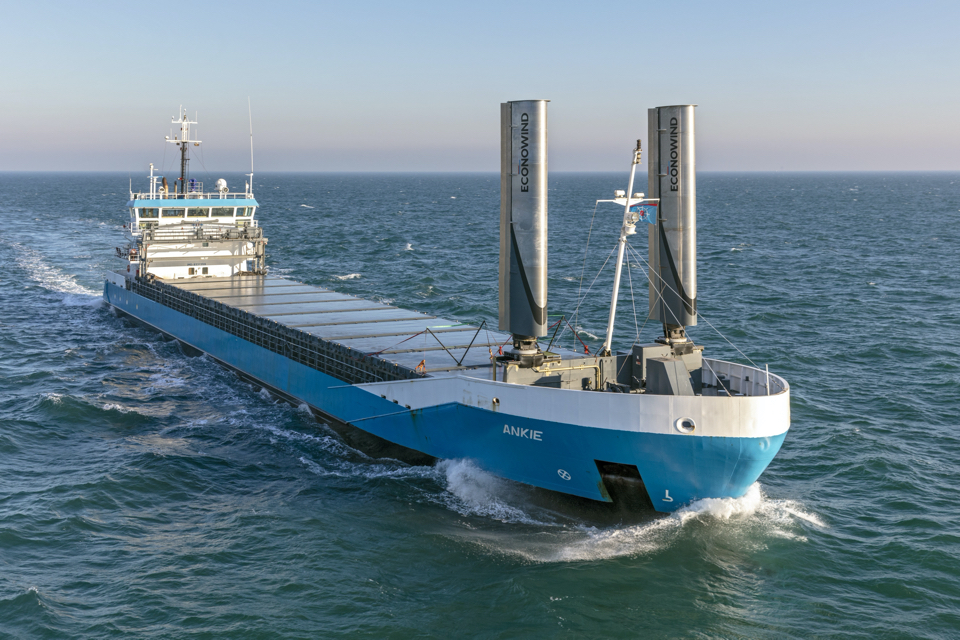Internal combustion engines play a very dominant role in shipping. They are by far the most popular way of powering ships. Is that going to change under pressure of environmental regulations and, in particular, the requirements to reduce the emission of greenhouse gases?
In the March special, SWZ|Maritime explores the upcoming alternative fuels as well as what these entail for the internal combustion engine (ICE). What research into the combustion process of the ICE is required to mature the use of new fuels and blends of new fuels?
We also place the IMO emission reduction targets in perspective. What does this mean for the individual ship’s emission reduction? And will it hit the target? SWZ|Maritime editor Johan de Jong argues likely not.
Hydrogen, methanol and exhaust gas aftertreatment
Engine manufacturer Anglo Belgian Corporation provides insight into their R&D developments including use of hydrogen and methanol and exhaust gas aftertreatment.
Based on multidisciplinary knowledge of emission reduction (NOX, SOX and PM and CO2) in different markets, TNO knowledge from the automotive and chemical domain is now intensively used for applied research in the maritime sector. Projects focussed on for example hydrogen, methanol, exhaust gas aftertreatment, emissions monitoring and carbon capture can all contribute to reducing shipping’s emissions.
Ammonia
Niels de Vries of C-Job Naval Architects pleads the case of ammonia as a marine fuel. TU Delft researcher Peter de Vos discusses the hybrid internal combustion engine-solid oxide fuel cell AmmoniaDrive concept. This single-fuel, high-efficiency, high-tech ship power/propulsion plant solution will produce no pollutant emissions. It also strikes the right balance between different, relevant ship design considerations. Too good to be true? Read about it in our March issue, available online now.
https://www.swzmaritime.nl/pdf-archive/2020-edition-3/
Picture: MV Ankie was recently equipped with wind-assisted propulsion in the form of an Econowind unit to cut fuel consumption and emissions.








